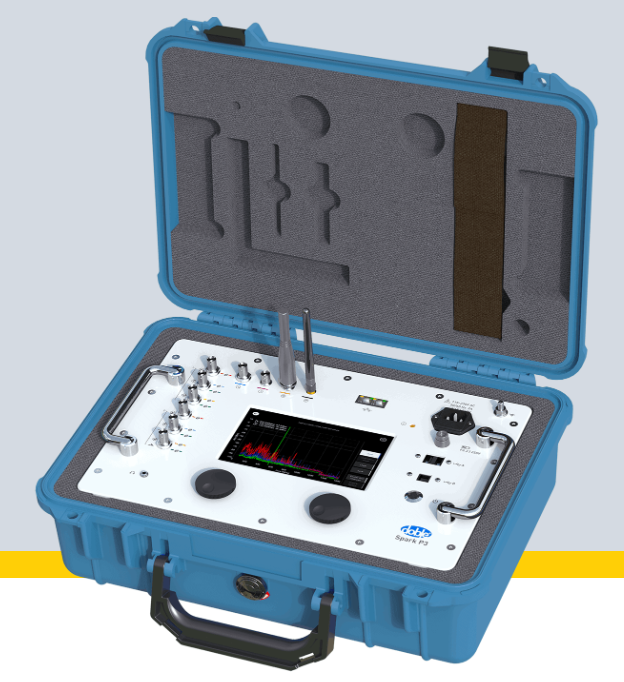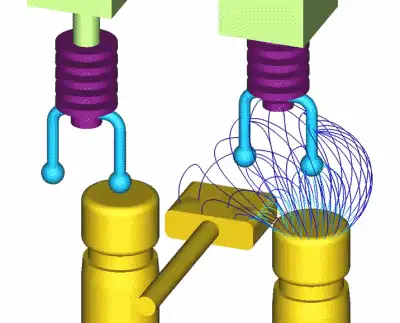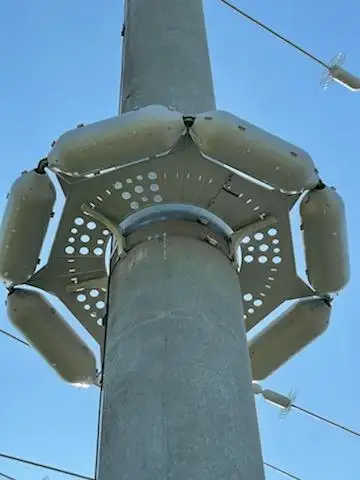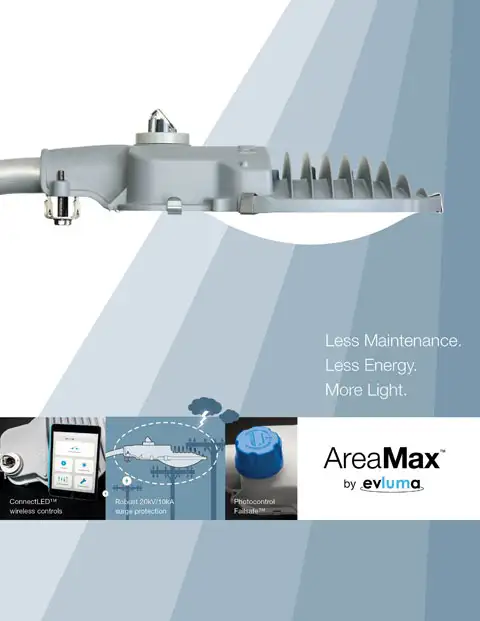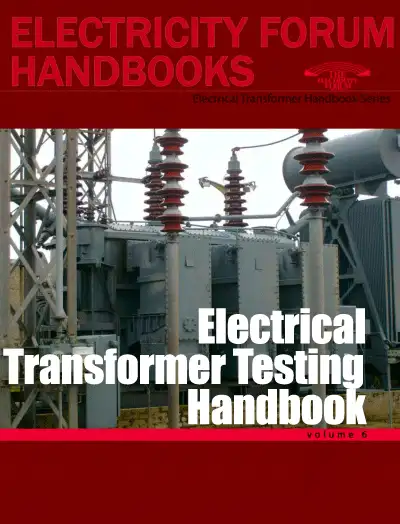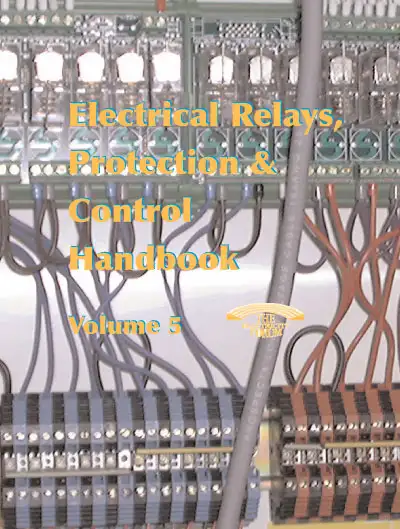High-Voltage Switchgear
Aging Infrastructure and Asset Management
Switchgear Innovations
Smart Grid Integration: More Resilient and Efficient Power Grid
Digitalization of Switchgear: Traditional to Smart Systems
Gas-Insulated Switchgear (GIS)
Improving Grid Resilience
Advancements in Gas Monitoring Systems for GIS
Switchgear
Cost-Benefit Analysis of Upgrading to Modern Air Insulated Switchgear
The decision to upgrade from existing Air Insulated Switchgear (AIS) to a modern AIS system requires careful consideration of both technical and economic factors. While the initial investment for an upgrade can be significant, the potential benefits of improved performance, efficiency, and safety can lead to substantial cost savings and a positive return on investment (ROI) over time. This article explores the key economic considerations involved in upgrading to modern AIS.
Initial Investment vs. Long-Term Savings
Upgrading to modern AIS often requires a substantial initial investment, but this must be weighed against the potential long-term savings and operational benefits.
Upfront Costs
The initial costs include purchasing new AIS equipment, installation, integrating with existing power systems, and potential downtime during the transition. These expenses can be significant, depending on the scale and complexity of the upgrade.
Operational Cost Savings
Modern AIS systems, known for their efficiency and reliability, can lead to substantial operational cost savings. These savings come from reduced maintenance requirements, lower energy consumption, and fewer outage-related losses.
Enhancing Operational Efficiency
The enhanced operational efficiency of modern AIS systems can significantly contribute to the overall cost-effectiveness of the upgrade.
Improved System Reliability
Advanced AIS designs offer improved reliability, which can...












